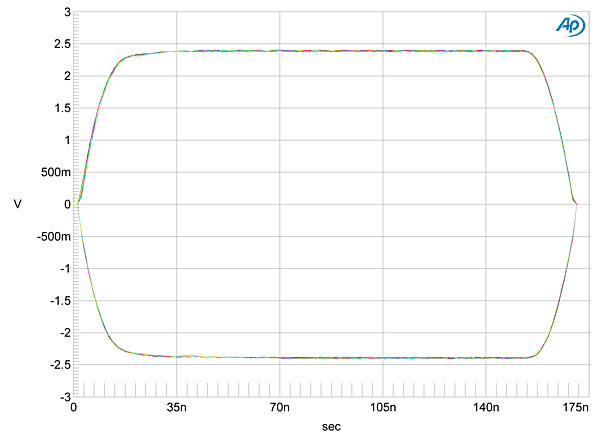If we consider S/PDIF or isochronous USB and how we would build a DAC to work with it, we can imagine all kinds of schemes that would have various limits on their performance.The question you raise is a potential blow to many tests. In quantitative science - and the softer as well - you try and control for other factors to distill an essence which consists of only one ingredient.
When a cable goes through a (black...) box, you lose control in the strict statistical sense. Alas, even the connectors - male and female - complicate the picture.
So what is a cable tester to do?
Do test equipment and procedures exist that test the cable only, with and without connectors?
For example, if we knew that the source clock was likely to be within a known fraction of our sample clock, we could half fill a buffer and allow it to drain or accumulate over a listening session, ending up with a second of latency, say. But no clock adjustments would need to have been made so the system would be as 'pure' as asynchronous USB.
But if we can't guarantee that then we need a different approach. What latency can we accommodate? Do we change the DAC's timing, or resample the audio? Do we perform corrections all the time, or larger corrections occasionally? Do we attempt to ascertain the source clock average frequency over several minutes and attempt to emulate it, changing our PLL's time constant over time? What if the source suddenly changes its frequency by a non-negligible amount? How do we cope with that in such a scheme? etc. Various schemes will respond to jitter in the source/cable differently, with systems that appear marginally 'worse' on some measures actually behaving better in other circumstances.
Only by knowing what the DAC is trying to do can we hope to understand what the measurement means. Measurements alone can't tell us what the system will do in the case of a source whose clock has non-ideal characteristics - a clever scheme that works with a good source may fall over very badly with one whose frequency is off by more than a certain amount.
Basically, measurements don't really tell us anything definitive or lift the lid on what the DAC is doing. My take on it is that knowing how the system works, combined with very low level measurements of eye patterns or what have you would allow us to simulate the performance in software which would be much more useful.

